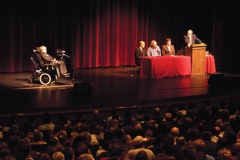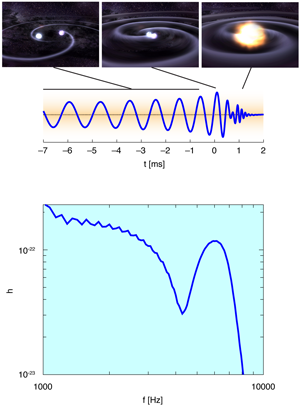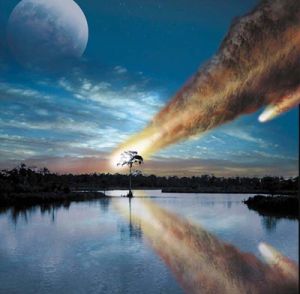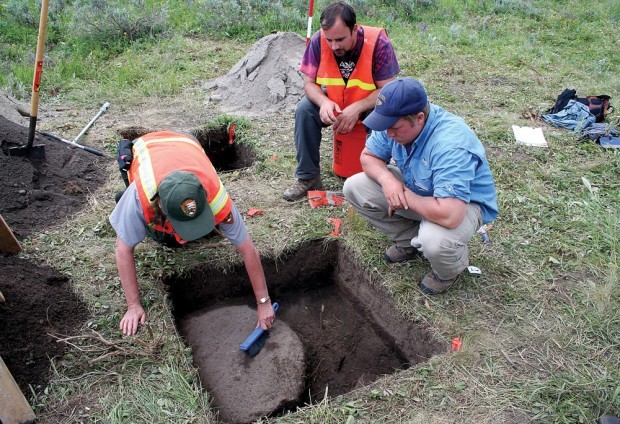
What once was a concept of science fiction, the mystery of black holes are slowly being uncovered, said Professor Steven Hawking Monday in Rudder Auditorium in his lecture "Out of a Black Hole."
In an introduction Chris Pope, professor of physics at Texas A&M and astronomy and holder of the Stephen Hawking chair in fundamental physics, said he had been working with Hawking ever since he studied under him.
"I think it is safe to say that Stephen requires no introduction. I would, however, like to add words of my own as I have had the very great privilege to know him," Pope said.
"Stephen's research has been in some of the most challenging questions in physics, where did we come from? How will it end up?"
Because Hawking stumped the physics community in 1975 by showing that black holes are not black at all, but they emit radiation, Pope said, he created the problem concerned with the apparent loss of information inside the black hole. It is something Hawking has been worried about ever since.










